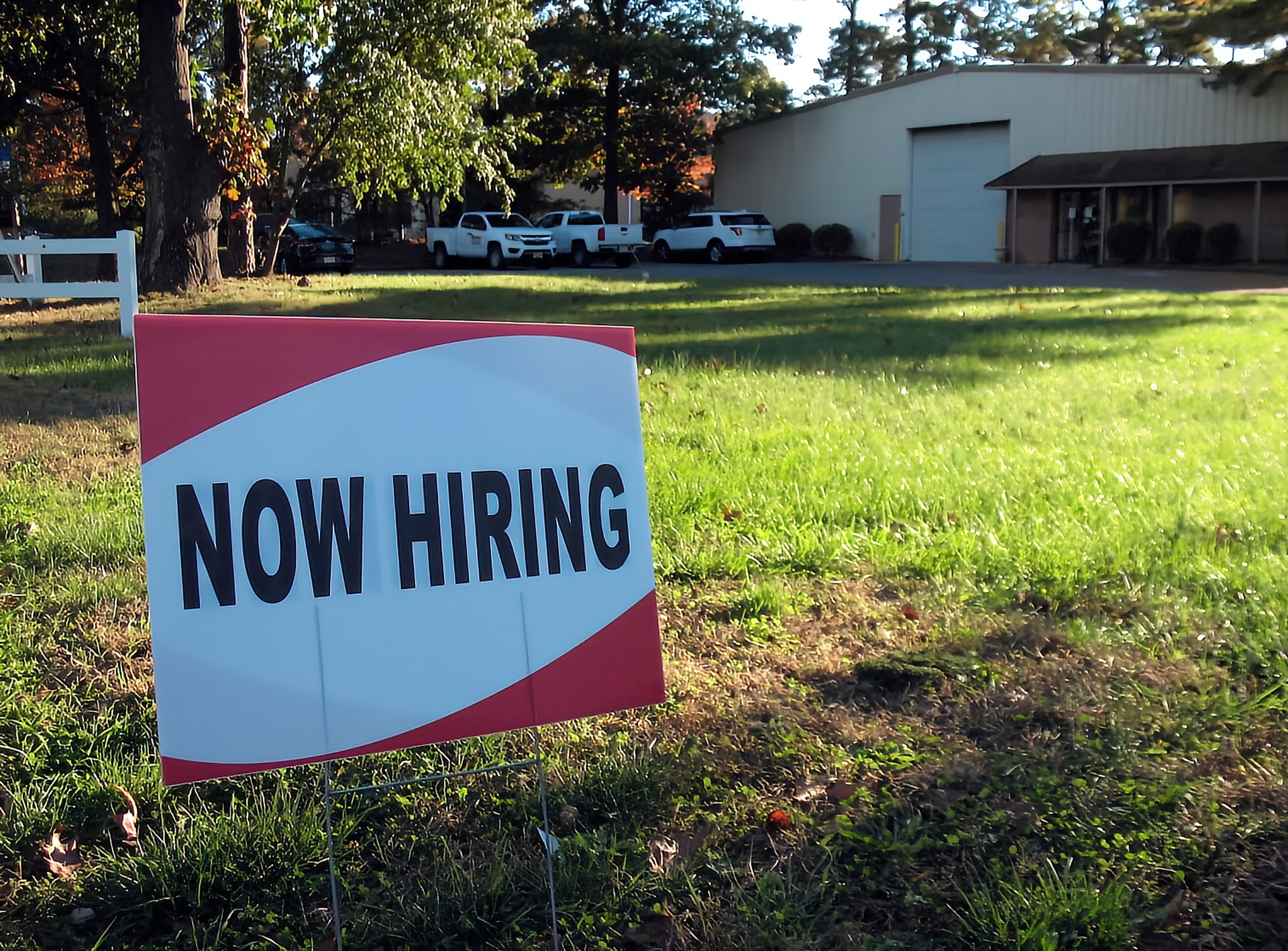As we head into 2022 with high hopes for a profitable and successful new year, aspects of the job market in the United States remain unpredictable. Between the ongoing Covid situation, click-bait headlines, and an ever-evolving economy, it can be hard to understand what’s happening.
The reality is perhaps not as dramatic or scary as the popular phrase “The Great Resignation” makes it sound. Some people are indeed leaving the traditional workforce, but most are doing so for logical reasons. Meanwhile, businesses serious about maintaining their human capital can leverage systems that help find and land the right candidates – the kind of candidates who stick around.
What Is the Great Resignation?
Despite the media’s uncertainty, one thing about today’s job market is pretty clear. Americans are leaving jobs at an increased rate. The U.S. Bureau of Labor Statistics marked the all-time high in resignations at 2.9% in August 2021, but that alone only gives a partial story.
The rate of quitting is not equal across all industries or types of positions. Almost 160,000 of the resignations came from the food services industry alone, according to a Reuters report. Many food service jobs require workers to spend long hours on their feet and interact with customers face to face. Teachers employed by state or local governments also saw a lot of resignations. Public school teachers in some areas have reported feeling vulnerable during the Covid-19 pandemic, so these resignations appear to be indicative of a specific concern rather than a culture of laziness.
Retirements vs. Resignations
Another aspect of the so-called Great Resignation that skews the numbers is early retirement. Many people are retiring earlier due to concerns about remaining in the workforce during a pandemic. A report from CNBC shows that around 3.2 million more baby boomers (folks aged 57 to 66 or thereabouts) dropped from the workforce July through September of 2021, as compared to that same period in 2020.
Technology Improves Hiring Practices
Several industries continue to expand despite resignations, and many are projected to see continued job market growth into 2022.
- Leisure and hospitality (including tourism, sports, travel, etc.)
- Professional and business services (many remote jobs.)
- Manufacturing.
- Transportation, warehousing, and logistics.
What Can Businesses Do?
For businesses looking to avoid frustration in an uncertain job market, leveraging powerful technology is key. Successful modern businesses stay lean by automating tasks at every step, not only in production but also in their internal HR processes. Many employers are fully online now when it comes to posting job openings and fishing for candidates, but the relationship between hiring and technology shouldn’t end with recruitment.
Stang Decision System’s HireScore Talent Portal is an example of a platform that allows hiring managers to compile, compare, and sort the best candidates for each position in the style of an easy-to-use spreadsheet. Data collected across multiple studies showed that using a custom validated employee selection system (versus processing applications manually or using obsolete systems) reduced turnover by 75% or more. In one example, Stang technology reduced annual turnover at a job site from 400% to 10%.
Technology can also be crucial for employee satisfaction, with many people today preferring remote or hybrid work. Robust systems to empower and track remote employees are key to success for such businesses.







Leave A Comment